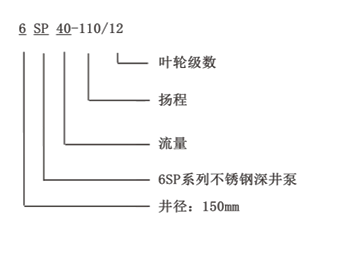12월 . 11, 2024 19:12 Back to list
Compact Submersible Pumps for Efficient Water Management and Versatile Applications
The Versatility and Efficiency of Small Submersible Pumps
Small submersible pumps are invaluable tools in various applications, offering efficient water management solutions for both residential and commercial needs. These compact and versatile devices are designed to operate underwater, making them ideal for situations where water needs to be moved from one location to another or where it needs to be drained from a particular area.
Applications of Small Submersible Pumps
One of the most common uses for small submersible pumps is in the drainage of basements, pools, and other areas prone to flooding. When heavy rains occur, water can accumulate quickly, leading to potential damage if not addressed promptly. Small submersible pumps can effectively remove standing water, preventing structural damage and the growth of mold and mildew.
In residential gardens, these pumps play a crucial role in irrigation systems. They can transport water from ponds or wells directly to garden beds, ensuring that plants receive the moisture they need to thrive. This is especially beneficial in areas where water conservation is critical. By using a submersible pump, homeowners can optimize water usage and reduce waste.
Additionally, small submersible pumps are essential in aquaculture and fish farming. They help maintain optimal water levels and quality, ensuring that fish and other aquatic life thrive in a controlled environment. The ability of these pumps to circulate water effectively contributes to oxygenation and the overall health of aquatic ecosystems.
Design and Functionality
small submersible pumps

Small submersible pumps are engineered to be robust and efficient. Typically, they consist of a motor enclosed in a watertight casing, allowing them to operate submerged without risk of damage. The impeller design is crucial, as it determines the pump's ability to move water effectively. Most small submersible pumps utilize a centrifugal impeller, which increases the velocity of the water, enabling it to exit the pump through discharge outlets.
These pumps are usually powered by electricity but can also be found in solar-powered versions, offering an eco-friendly alternative. The ability to operate without needing a large power supply is one of the key advantages of small submersible pumps, making them suitable for remote locations and off-grid applications.
Benefits of Using Small Submersible Pumps
One significant benefit of small submersible pumps is their energy efficiency. Modern designs are often equipped with energy-saving features that minimize power consumption while maximizing output. This efficiency translates into lower operating costs for homeowners and businesses alike.
Another advantage is their ease of installation. Unlike larger pumps that may require complex infrastructure and significant labor for installation, small submersible pumps can often be set up quickly and with minimal equipment. This makes them a popular choice for DIY projects and emergency situations where time is of the essence.
Conclusion
In conclusion, small submersible pumps are versatile and efficient tools that serve a variety of purposes in water management. From preventing flooding in residential settings to providing essential water circulation in aquaculture, these pumps are engineered for performance and reliability. As technology continues to evolve, we can expect even greater advancements in pump design that will enhance their capabilities and efficiency. Whether for home use or in specialized industries, small submersible pumps remain an essential component in the effective management of water resources.
-
Water Pumps: Solutions for Every Need
NewsJul.30,2025
-
Submersible Well Pumps: Reliable Water Solutions
NewsJul.30,2025
-
Stainless Steel Water Pumps: Quality and Durability
NewsJul.30,2025
-
Powerful Water Pumps: Your Solution for Efficient Water Management
NewsJul.30,2025
-
Oil vs Water Filled Submersible Pumps: Which is Better?
NewsJul.30,2025
-
Deep Well Pumps: Power and Reliability
NewsJul.30,2025
-
 Water Pumps: Solutions for Every NeedWhen it comes to handling dirty water, the dirty water pump is a must-have.Detail
Water Pumps: Solutions for Every NeedWhen it comes to handling dirty water, the dirty water pump is a must-have.Detail -
 Submersible Well Pumps: Reliable Water SolutionsWhen it comes to ensuring a reliable water supply, submersible well pumps are a top choice.Detail
Submersible Well Pumps: Reliable Water SolutionsWhen it comes to ensuring a reliable water supply, submersible well pumps are a top choice.Detail -
 Stainless Steel Water Pumps: Quality and DurabilityWhen it comes to choosing a water pump, the stainless steel water pump price is a crucial factor.Detail
Stainless Steel Water Pumps: Quality and DurabilityWhen it comes to choosing a water pump, the stainless steel water pump price is a crucial factor.Detail
